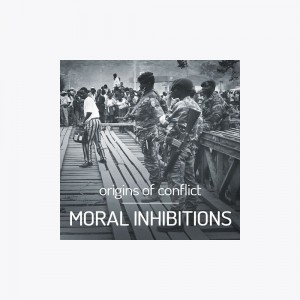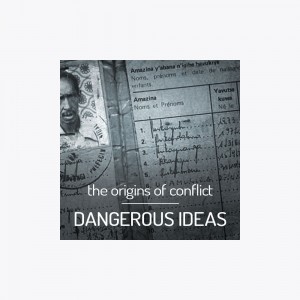Demonising the other
Free!
For me, who is ‘us’ and who is ‘them’? How do we decide who is ‘us’ and ‘them’? What do we get out of hating a common enemy?
KEY QUESTIONS
For me, who is ‘us’ and who is ‘them’? How do we decide who is ‘us’ and ‘them’? What do we get out of hating a common enemy?
Any culture’s shared perceptions are largely unconscious, so it’s important that teachers first think through their own sense of community identity, before being able to take the neutral position needed to facilitate these discussions.
The underpinning theory of this lesson is that human beings gain a sense of belonging and, at times, purpose in hating a common enemy. The activities are aimed at making underlying assumptions explicit. We hope they can lead to the realisation that the groups ‘we’ demonise are made up of individuals who have much in common with ‘us’.
AIMS AND PURPOSE
For students to recognise the process of demonising those we identify as different or threatening.
To understand how this process can undermine reason and allow us to dehumanise others, and to identify the dangers this poses for values of equality and human rights.
To have students identify their own prejudices and the subtle, often subconscious ways that prejudice can be formed in otherwise fair, ethical people, including ourselves.
WHAT DO I GET?
There are three PDFs included with this lesson:-
A two-page lesson plan covering the key questions, aims, resources needed and a detailed outline of the suggested method and activities.
A set of handouts ready for printing.
A set of presentation slides for class discussion.












